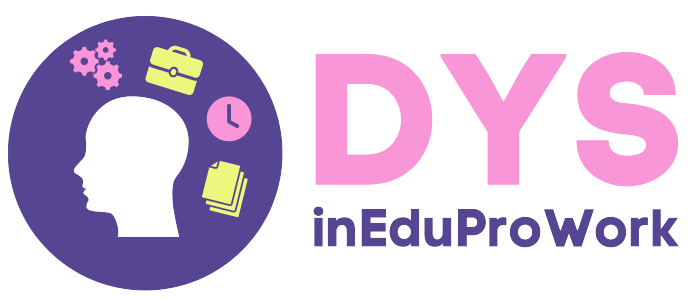Diversity is a fact, inclusion is a choice – Timothy R. Clark
Diverse workplaces include employees with a wide range of different characteristics, such as gender, ethnicity, age, and physical ability. Other differences are less visible, for example, personality types, learning styles, education and socio-economic backgrounds, sexual orientation, and religious and political beliefs.
An inclusive workplace culture embraces individual differences by creating a sense of belonging and respect for all, making diverse employees feel valued, welcomed, integrated, and included in the workforce. The effective management of diversity goes beyond affirmative action. It requires organizations to create an inclusive workplace where all employees are valued for their talent, regardless of diversity.
An inclusive and neurodiverse work environment should practically provide assistive technologies, information in accessible formats, appropriate furniture, and suitable working environments. It should also adapt work tasks, allow flexibility, and give time to employees to process large amounts of information.
A key role in the process of change toward greater inclusion is played by the recruitment process. The process has to be authentic and fair, neurodiverse staff has to be visible during the interviewing process and in the communication channels of the organization. It is necessary to make it clear in advertising that the organization has an ethos that supports inclusion and diversity, and putting a special focus on it.
Promoting inclusivity as part of workplace culture is essential and legislation and company policies must clearly reflect it. Training regarding inclusion and diversity has to be provided, as well as support and monitoring. Paying attention to the language used so it’s inclusive and gender-neutral is also important.
Think about whether the essential and desirable skills in the job advertisement align with the competencies actually required to do it efficiently. Do not use generic images of people as this may appear tokenistic. The employers should also provide different application submission options (both online and physically), as well as review the online application system for accessibility and inclusiveness.
Interview panels should be diverse and welcoming. Interviewers should have a good understanding of the Equality Acts and should have opportunities for training in inclusive and anti-bias practices. Remember that disabilities and mental health difficulties may be invisible.
Once the selection process is over and new hires begin, build an inclusive, flexible, and equitable workplace culture to ensure that employees feel safe to bring their whole selves to work. Provide a mentoring system and make sure all employees are aware of the Equality, Diversity, and Inclusion policies in place. Provide accommodations and support and ensure everyone has the opportunity for promotion and job security.
Through the project Dys in Education, Professional Life, and Work we aim to foster the inclusion of VET learners with Specific Learning Disorders (SLD) in the job market through the creation of appropriate supporting tools, learning materials and training for them and their potential employers.
To meet our goal, we will provide/offer a combination of practical learning materials. The tools of this project will have an inclusive format to provide support for neurodivergent people, especially taking into account the needs of people with SLDs. The results created for neurodiverse workers will be in an eLearning format to ensure maximum accessibility and clarity.
To be sure you don’t miss any news about the project, subscribe to our newsletter and follow us on LinkedIn!
References
Sarkar, A. (2015). How to build an inclusive workplace: Successful diversity management goes beyond complying with the letter of the law. Human Resource Management International Digest, 23(7), 34-37.
https://doi.org/10.1108/HRMID-07-2015-0130
JUMP. (2020). How to build an inclusive workplace. file:///C:/Users/logop_0mhdfn7/Downloads/JUMP_inclusion_booklet-1.pdf
McDonnell, S., Cavaliero, T., and Friel, D. (2022). OpenDoorsEmployersForChangeToolkit.
https://pathwaystoprogress.ie/userfiles/files/EFCInclusiveRecruitmentToolkit2022_V2.pdf





